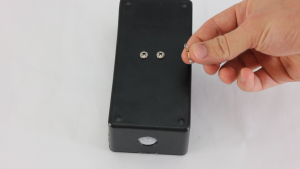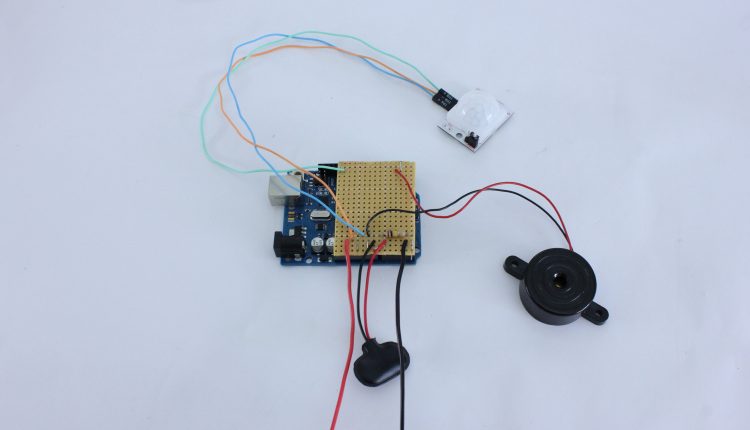How to build a motion sensing alarm that can be disabled with a resistor
Engineer Jason Poel Smith walks us through a step-by-step guide to creating a motion sensing alarm that can be disables with a resistor.

Smith’s fun DIY alarm detects when someone enters a specific area. If a trespasser is detected a siren is activated. The entire system is activated and deactivated by touching a resistor to a pair of metal contacts on the housing.
The alarm is built using an Arduino microcontroller that is connected to a motion sensor, resistor and pair of external terminals. If a certain value resistor is connected to the terminals for a few seconds, the alarm will sound off. Then after 10 seconds, the motion sensor will be activated. If the alarm is not deactivated within 10 seconds a siren will sound.
The resistance needed for the project’s success must be within a very small range to activate the alarm. Since the resistance must be maintained within this window for several seconds it can’t be disabled with a variable resistor and if the colored striped are covered on the resistor, others will not be able to tell what the resistance is, in turn creating a secure lock on the system.
Smith’s in-depth guide can be viewed on Makezine.com where he lists each step in great detail with pictures.
In the meantime, check out the video demo below.
(Video via Make, YouTube)

